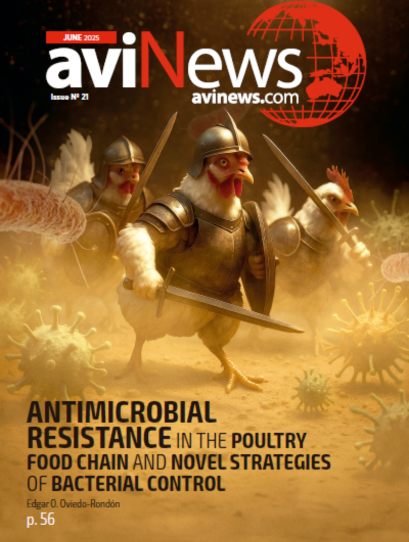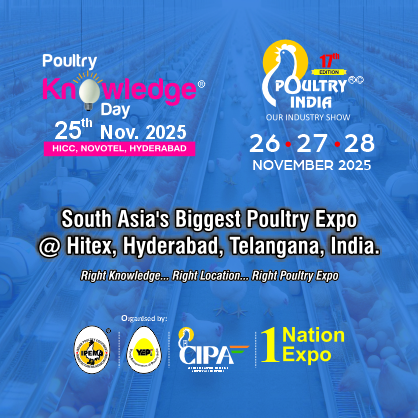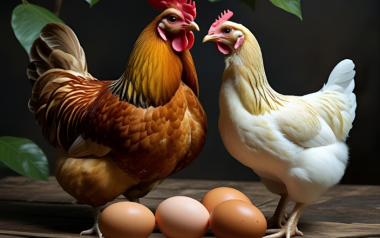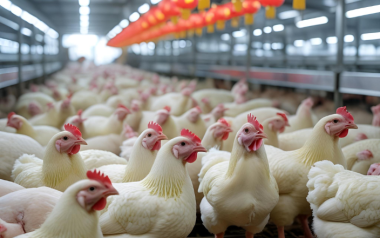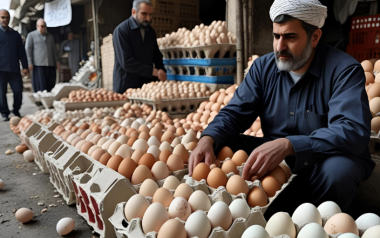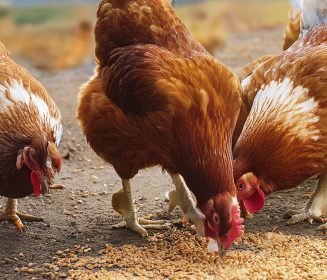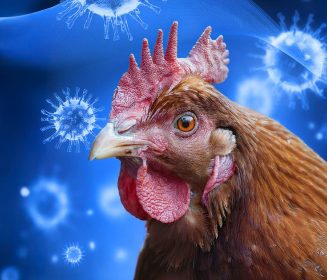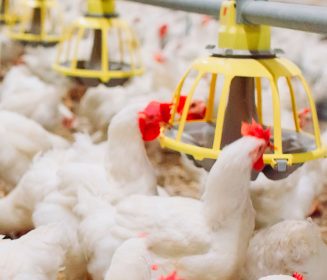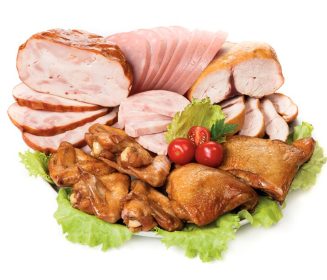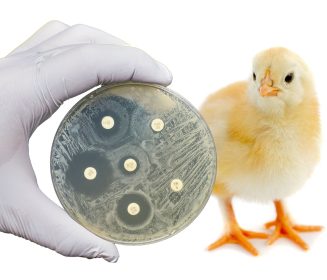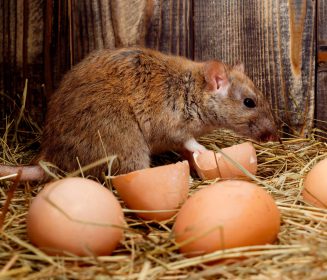29 May 2020
COVID-19 impacts Canadian poultry demands and leads to euthanization of chicks.
Due to the dramatic changes of the economy as a result of the coronavirus outbreak, the Canadian chicken industry was […]
Due to the dramatic changes of the economy as a result of the coronavirus outbreak, the Canadian chicken industry was forced to destroy millions of incubating eggs and even chicks in some cases, in order to mitigate future waste issues.
Lisa Spencer-Bishop of Chicken Farmers of Canada stated that the food service industry, which includes restaurants and other types of prepared food retailers, accounts for 40 percent of Canada’s chicken production, and that nearly disappeared overnight when the pandemic hit.
The aftermath has been so extreme that chicken producers needed to face the bitter reality and realize that they’d soon be in a situation where they didn’t have enough buyers or enough processing plant capacity, and the chickens—a few weeks older by then—would be slaughtered and then sent straight to the rendering plant.
Normally, no one can perfectly predict demand, but “the farmers will always try to grow [the chickens] to the end of the cycle and then determine the next step,” said Lisa Spencer-Bishop.
In April, the board of directors for Chicken Farmers of Canada met twice to discuss supply management over the upcoming months. They decided to reduce the national supply by 12% from May through August.
This meant reduced orders at hatcheries and an extensive culling of eggs already undergoing incubation, thus blowing another significant financial hit.
“I know there were eggs destroyed in hatcheries across the country as a result of this,” said Jean-Michel Laurin, president of the Canadian Poultry and Egg Processors Council, but said that he had no precise numbers yet, and the majority of Canada’s poultry industry is split between the provinces of Ontario and Quebec.
When eggs or chicks do need to be “destroyed”, it’s done instantaneously and according to a strict code of practice established by an ethics council and overseen by auditors, Laurin said.
Broiler chickens, once hatched, only live for about six to seven weeks before they’re processed for food. To euthanize them—or “depopulate” a farm, as said in the poultry world—before that stage is rare, said Spencer-Bishop.
She also added that if there was a decision to depopulate, then it would have been a very last-minute one, and would only happen in times of crisis.
Besides the issues of reduced demands, there is also the issue of processing plants being more unpredictable than usual. Many of them have temporarily shut down because of the outbreaks, causing more unforeseen staffing problems, and simply a slower pace of production because of the need to maintain physical distancing within the plants, she said.
“In some cases, you know, farmers will try to keep the birds around as much as possible until the plants reopen,” she said, but chickens can’t collect indefinitely at farms as schedules change.
Chickens aren’t kept in cages in Canada, she said, but they’re also “not like a cow that lives outside.”
One thing that has helped the industry adjust has been customer behaviour, she said.
“You’re seeing whole birds being made available because it takes less work,” she said. “More bone-in, skin-on cuts, which is again, less labour-intensive.”
That’s been true especially in Western Canada, where processing capacity has been most affected. Canadians usually vastly prefer the opposite kind of chicken—boneless breasts—except for Quebecers, who tend to prefer dark meat.
But all Canadians haven’t skipped a beat, buying up all the whole chickens and bone-in cuts.
source: https://montreal.ctvnews.ca/thousands-of-chicks-euthanized-as-covid-19-causes-plummet-in-demand-report-1.4928503

